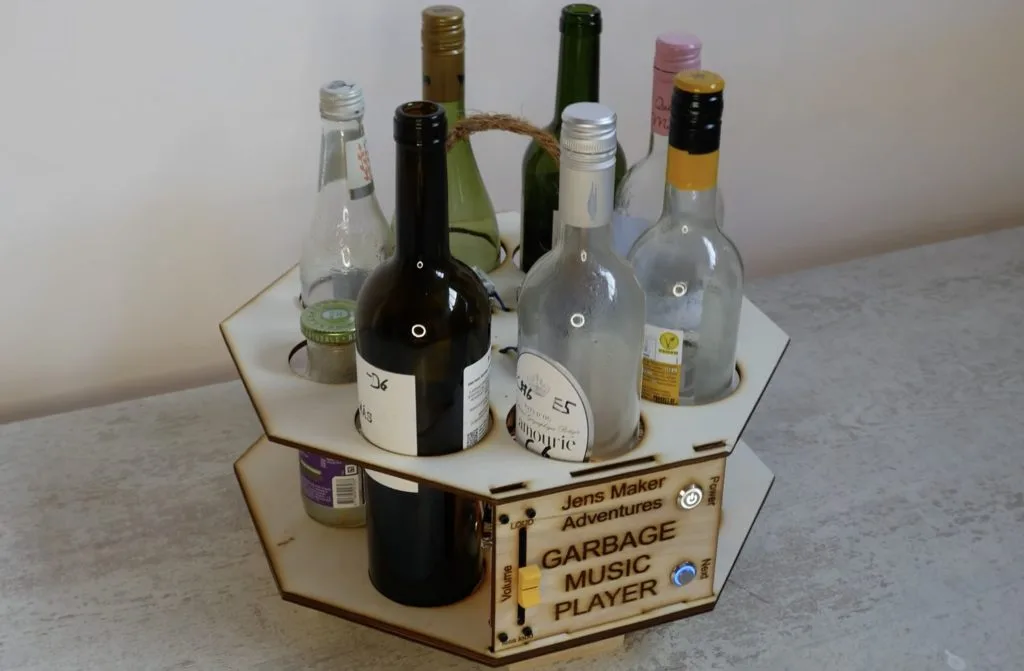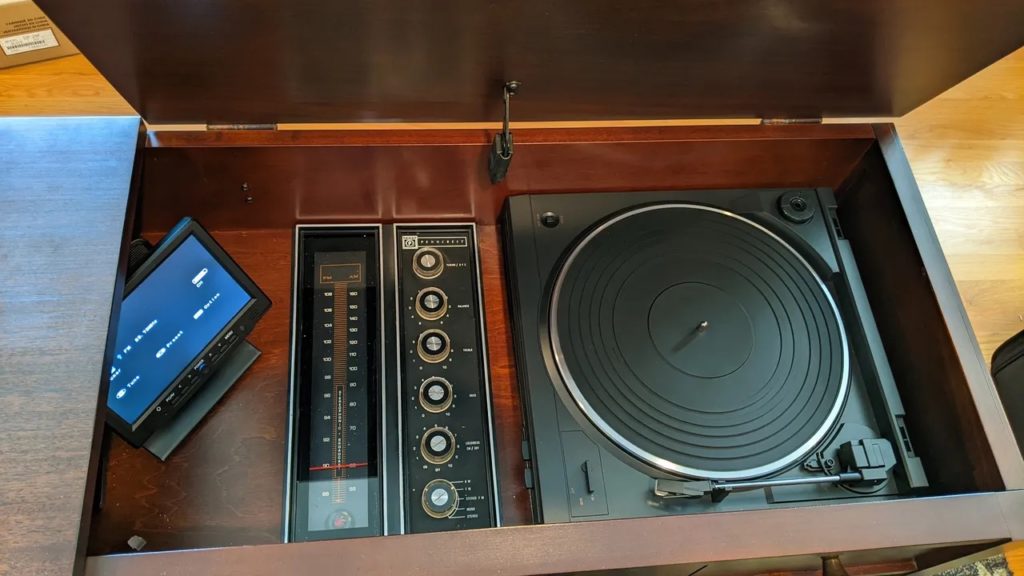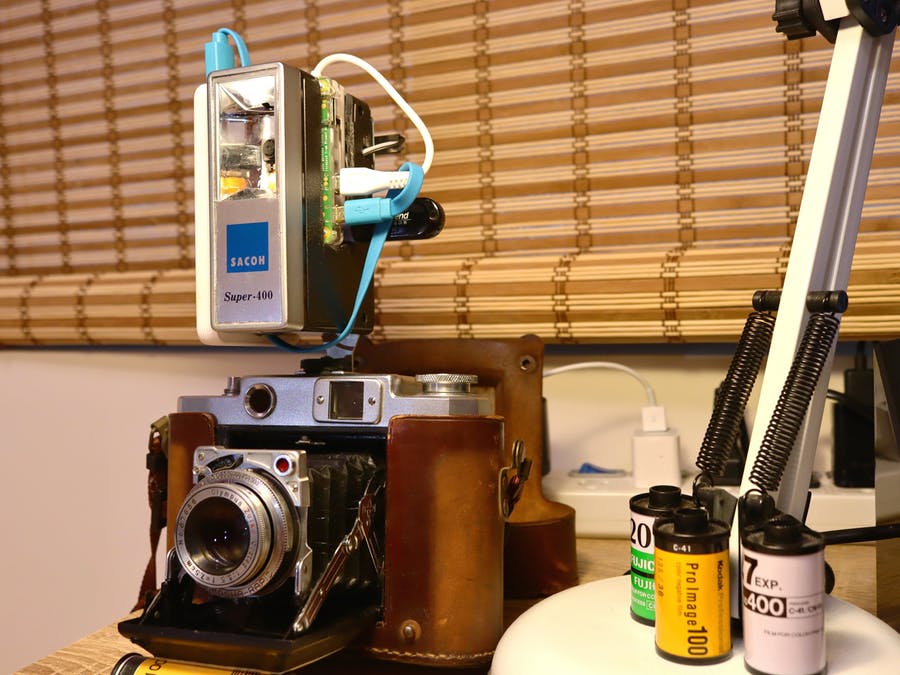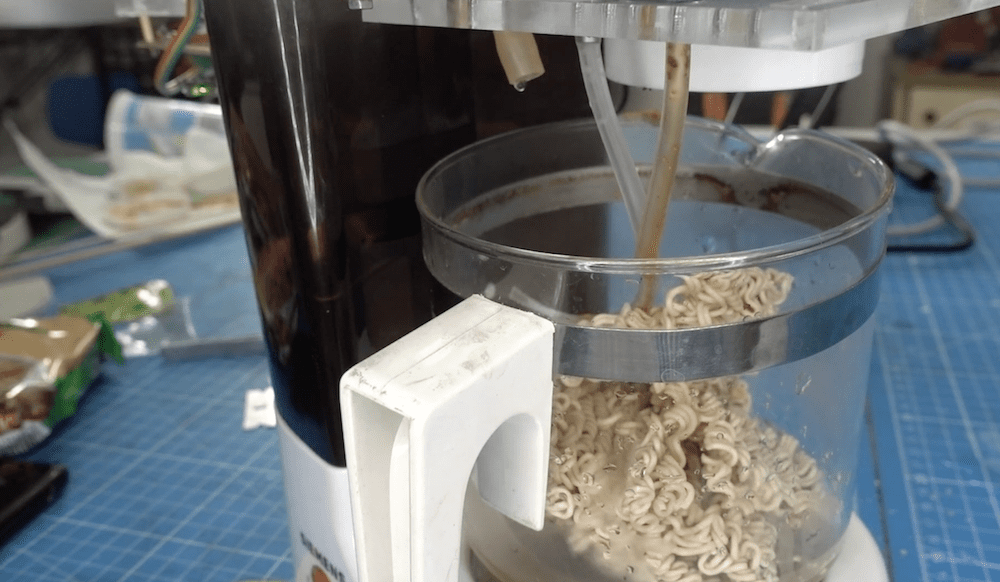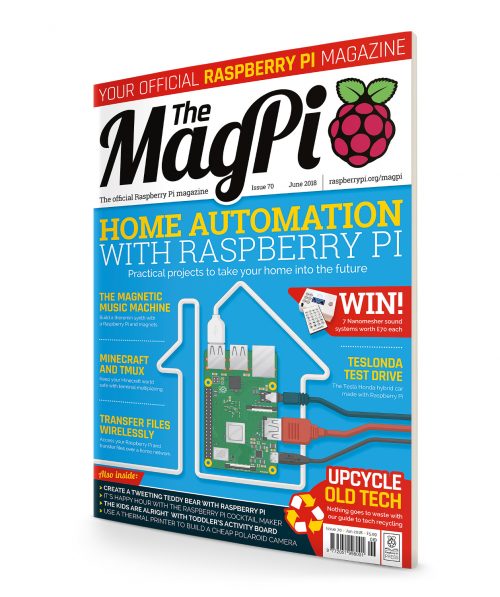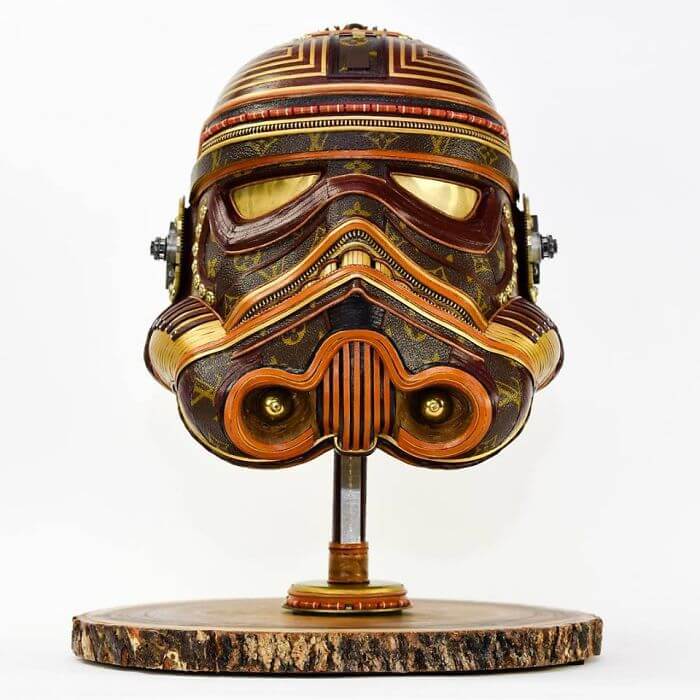Schlagwort: upcycling
-

The PlatypusBot is a TurtleBot3-inspired robot built from vacuum cleaner parts
Reading Time: 2 minutesWe all love the immense convenience provided by robot vacuum cleaners, but what happens when they get too old to function? Rather than throwing it away, Milos Rasic from element14 Presents wanted to extract the often-expensive components and repurpose them into an entirely new robot, inspired by the TurtleBot3: the PlatypusBot. Rasic…
-

This robot turns old bottles into a musical instrument
Reading Time: 2 minutesPercussion instruments are likely the first kind that humanity invented, because they’re quite simple: hit a thing and a noise happens. Different things produce different frequencies with different timbres, and glass bottles have a nice xylophonic sound to them. Because glass bottles are easy to find among discarded garbage, Jens of the…
-

1960s stereo console modernized with an Arduino
Reading Time: 2 minutesArduino Team — February 23rd, 2022 The aphorism that “they don’t build them like they used to” is especially true of the consumer electronics industry. Most manufacturers today design their product to last only a few years — or with outright planned obsolescence. But mid-century stereo consoles were a different story and…
-

This overengineered robotic clock will not be underappreciated
Reading Time: < 1 minuteArduino Team — August 17th, 2021 Normally when an inexpensive wall clock stops ticking, you simply buy a new one. However, ‘Developer Hendrik’ decided to bring his broken clock back to life, or some semblance thereof, using a 3D-printed four-axis robot arm dubbed “Serworm Michael.” Under the control of a MKR 1010…
-

Retrofit a vintage camera flash with a Raspberry Pi Camera Module
Reading Time: < 1 minuteWanting to break from the standard practice of updating old analogue cameras with digital technology, Alan Wang decided to retrofit a broken vintage camera flash with a Raspberry Pi Zero W to produce a video-capturing action cam. Raspberry Pi Zero Flash Cam Video Test Full story of this project: https://www.hackster.io/alankrantas/raspberry-pi-zero-flash-cam-359875 By…
-

Upcycle an old coffee pot into an IoT ramen maker
Reading Time: < 1 minuteUpcycle an old coffee pot into an IoT ramen maker Arduino Team — July 22nd, 2019 Ramen noodles can be a quick snack or meal, but per this IoT ramen maker by Clem Mayer, you don’t even have to run to the microwave to prepare them. His project used a vintage…
-

Washing machine becomes ‘universal’ rotary tool
Reading Time: 2 minutesWashing machine becomes ‘universal’ rotary tool Arduino Team — May 14th, 2019 If you have a broken washing machine, you may want to think twice before disposing of it. As Stephen John Saville shows in this multi-use rotary table project, they can provide a wealth of parts, from the actual physical structure/table…
-

MagPi 70: Home automation with Raspberry Pi
Reading Time: 3 minutesHey folks, Rob here! It’s the last Thursday of the month, and that means it’s time for a brand-new The MagPi. Issue 70 is all about home automation using your favourite microcomputer, the Raspberry Pi. Home automation in this month’s The MagPi! Raspberry Pi home automation We think home automation is an…
-

I Upcycle Old Louis Vuitton Bags Into Star Wars Sculptures
Reading Time: 3 minutesMy name is Gabriel Dishaw, my passion for working with metal and mechanical objects has been essential in the evolution of my art. It provides me an avenue to express myself in a way that brings new life to materials such as typewriters, adding machines and old computers – technology that would…

